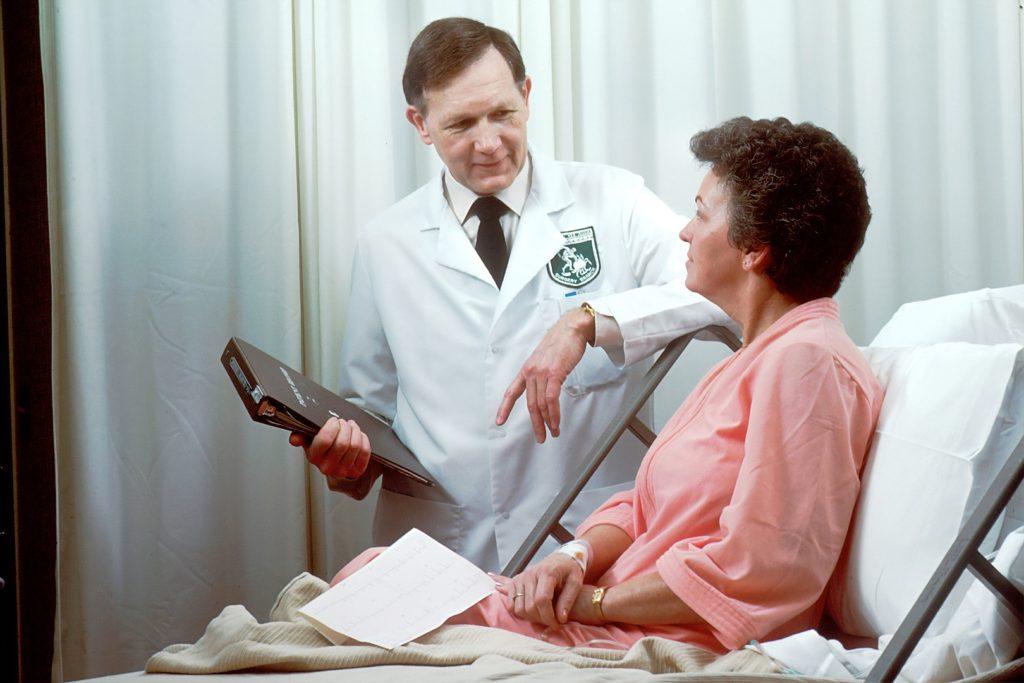
The Future Of Medical Surveys In Improving Patient Care
Medical surveys has remained an indispensable tool for healthcare providers to gather information about patient symptoms, possible cures, and their perceptions of care. As technology continues to advance, modern tools for conducting medical surveys are becoming easily available.
Further, digital innovations like telemedicine and wearable health devices enabled the collection of detailed and accurate information about patient health on a real-time basis. It is safe to assume that this is just the beginning of a future where medical surveys can become even more intelligent and capable.
In this blog post, we will explore how the use of medical surveys is evolving and how they are being utilized to improve patient care. We will also discuss the challenges and opportunities that lie ahead for the use of medical surveys in healthcare.
Emerging technologies in medical surveys for patient care
There are countless healthcare technologies that have become mainstream in the last decade. However, there are few in the medical survey domain that is poised to revolutionize patient care. Here are some of them:
Mobile health (mHealth) apps
mHealth apps are not being extensively used to collect patient data, such as symptoms and medication adherence, through patient-reported outcomes (PROs) surveys.
According to Global Market Insightsm Health Market size was valued at more than USD 111.5 billion in 2022 and is expected to observe over 22% CAGR through 2032.
The prime benefit of these mHealth apps is that they allow patients to track their own basic health metrics, such as heart rate, sleeping pattern, steps walked, stress rate, blood pressure, etc. this data can be shared with their healthcare providers through a digital platform or through a mobile app.
Wearable health devices
Wearable health devices, such as smartwatches and fitness trackers, can provide real-time health data that can be used to personalize patient care. They are portable and easily available in the retail market. Smartwatches like Apple Watch, Fitbit, Amazfit, etc. are some of the common models that have almost made analog watches redundant with their health-tracking capabilities.
Some of these devices have become so advanced that they can trigger an alert when the user is experiencing an emergency. For example, a device that monitors heart rate can alert emergency care like 911 and direct them to the patient’s location to provide appropriate treatment.
The real-time data from these wearable health devices can also be integrated into medical surveys for meaningful interpretation.
Virtual and augmented reality (VR/AR)
VR/AR technology has long since been touted as gaming and entertainment-centric technologies. However, with time they have proven to be capable of simulating medical scenarios and in gathering accurate patient feedback.
For example, patients can use VR/AR to experience a virtual hospital environment and provide feedback on the design and layout. They may also use AR/VR games to point out specific challenges faced in muscle movement and physical movement. These technologies have great scope in providing healthcare to athletes and sports professionals for whom an accurate visual representation of their symptoms is necessary.
Further, VR/AR can also be used as part of medical surveys to gather visual data from patients in addition to a textual explanation of their experiences.
Natural Language Processing (NLP)
NLP is a subset of Artificial Intelligence — the bigger cognitive computing technology that has become staple technology on smartphones. In medical surveys, with the aid of NLP technology, it would become easier to extract and analyze patient feedback from unstructured data sources, such as social media and online forums.
It would help healthcare service providers a significant amount of time otherwise spent in collecting data, compiling them in organized datasets, and preparing them for analysis.
Electronic Health Records (EHRs)
EHRs digitize analog patient data and help in removing the friction in accessing historical patient data. EHRs can be used to collect patient data over time, allowing healthcare providers to track changes in health status and tailor treatment accordingly. They can also be used to automate surveys and collect data in real time, reducing the burden on healthcare providers to take care of data administration and improving the accuracy of healthcare services.
Remote monitoring
The pandemic proved that anything and everything can be done remotely, including providing healthcare to a great extent. In the near future, a significant portion of medical surveys will be carried out remotely. It will drastically reduce the need for in-person visits and also allow patients to access healthcare from distant regions that are inaccessible to them. Remote monitoring can also help healthcare providers identify potential health problems before they take dangerous turns.
In summary
The future direction of medical surveys will involve extensive usage of technology to improve patient outcomes. Patient wearables, NLP, real-time data collection and analysis, remote monitoring, and EHRs would be integrated into medical surveys to collect accurate and insightful data. These advancements in medical surveys are certain to empower healthcare providers to understand their patient’s needs and preferences with granular detail and plan for effective treatments, and ultimately improve patient outcomes.